…Stahr like Lincoln was a leader carrying on a long war on many fronts; almost single-handed he had moved pictures sharply forward through a decade, to a point where the content of the “A productions” was wider and richer than that of the stage. Stahr was an artist only as Mr. Lincoln was a general, perforce and as a layman.
F. Scott Fitzgerald’s analogy for his last tycoon may very well be the kindest thing ever written about a motion picture executive. The author’s model, Irving Thalberg, merited the praise as much as anyone. He was no artist, but his work as a mediator between the art and commerce of filmmaking opened at least as many doors as it closed. Erich von Stroheim’s Greed and Tod Browning’s Freaks were mutilated to an alarming extent, but those decisions were made with an eye toward getting the work of these potentially off-putting directors in front of more people. A Night at the Opera, with its MGM gloss and sappy interludes, may have been intended to work both as a sycophantic ode to high culture and an anarchic spoof of same, but the energy of the Marx brothers still tilts the scale towards the latter. There’s a silver lining to each of these clouds, as these films survive and are celebrated, compromised though they may be.
On the other hand, the great director with whom Thalberg seemed to have the least friction, King Vidor, still had to venture outside the studio as he worked to make more socially conscious films while the Great Depression progressed. Thalberg said yes to Hallelujah in 1929; to Our Daily Bread in 1934, he said no. Politically, Thalberg’s productions are steadfastly conservative. When they finally began to acknowledge the issues of organized labor and social injustice in the mid-30s, their expression became muted and contradictory. The MGM brand that Thalberg helped to forge was a tradition of quality, a straightforward celebration of opulence and “classiness,” a grand hotel where elegant people can suffer beautifully. The two prototypical scenes of a Thalberg production are “backbiting in a drawing room” and “quiet passion play.” The latter certainly bears more personal resonance for the chronically ill Thalberg, but an auteurist reading of these films may ultimately be misguided. The whole point of the auteur theory is to take a closer look at the directors — Fitzgerald’s generals — and what they are uniquely capable of doing under the producer’s/president’s orders. The world will remember the president regardless. Here are the ten films I will remember best from Thalberg’s tenure, as well as a video montage I put together featuring all seventy-eight films I watched earlier this year.
10. The Big House (George W. Hill, 1930)
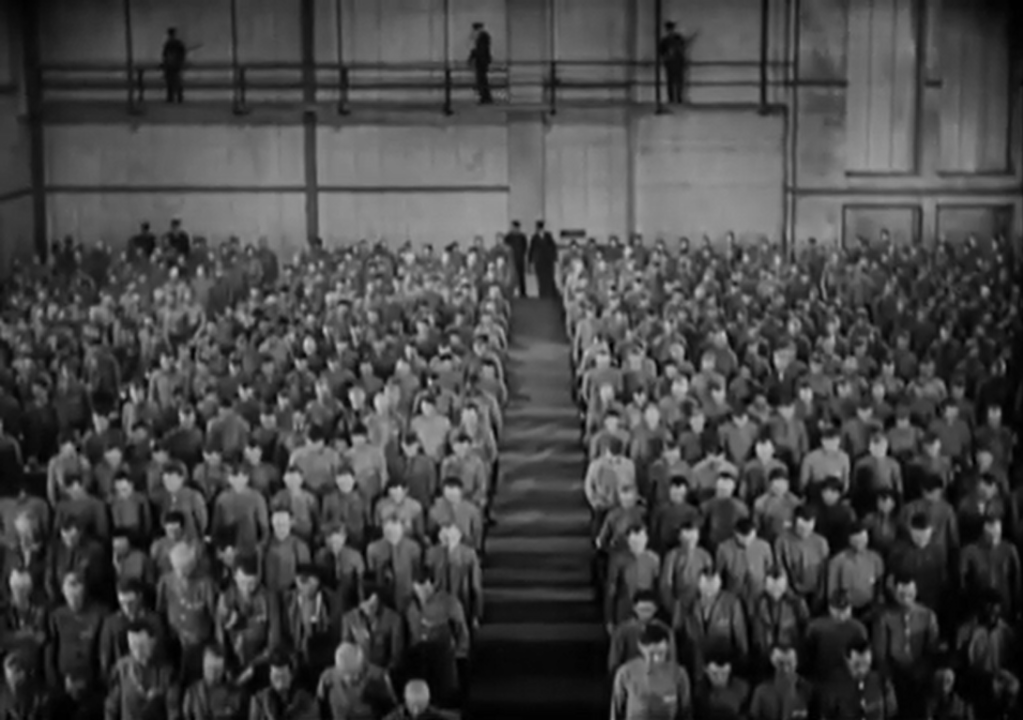
This is a gem of a prison film from the year in which talking pictures slowly became tolerable. It’s a perfect example of the kind of artistry that Thalberg preferred: nimble and sparing in its deployment of formal gambits and visual metaphor, but above all committed to an exciting narrative. According to a TCM documentary from 2005 called Irving Thalberg: Prince of Hollywood, the producer made a small script change during production, transforming Leila Hyams’s character from Robert Montgomery’s girlfriend to his sister. This change secured audience sympathy for the Chester Morris character as he falls in love with her and deepens the conflict between Morris and Montgomery, making it about jealousy for the latter’s beloved family rather than a simple love triangle. Producers fretting about audience reactions aren’t always helpful, but it worked out well in this case.
9. The Student Prince in Old Heidelberg (Ernst Lubitsch, 1927)
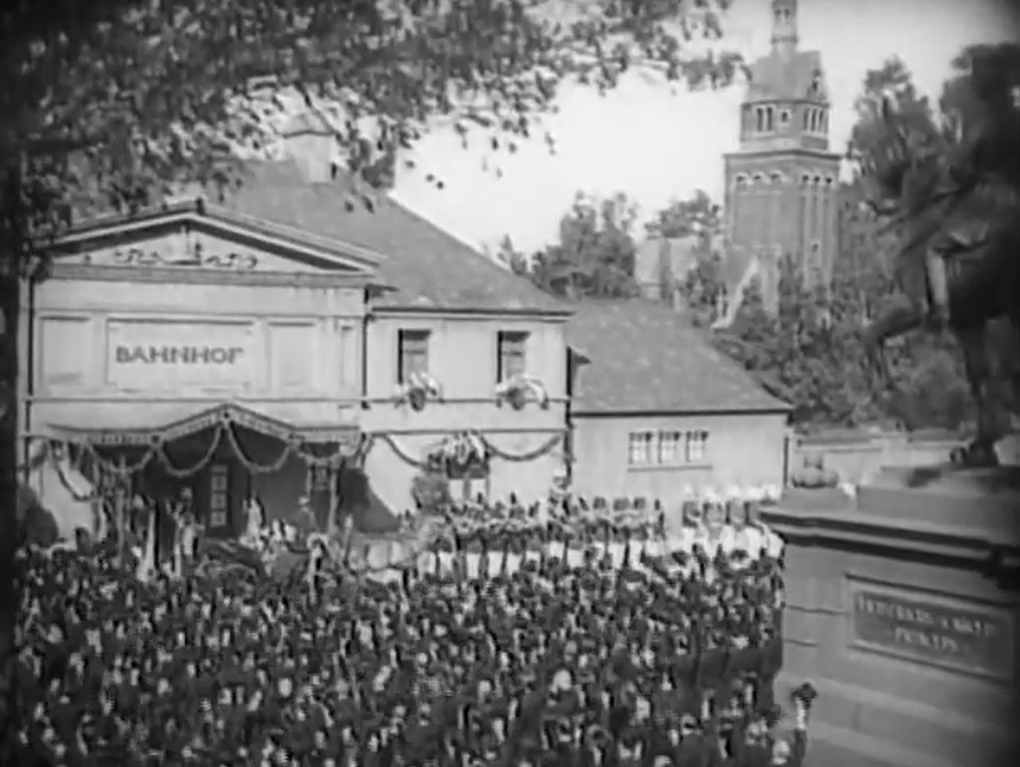
Both of Lubitsch’s movies for Thalberg are wildly successful in my book, despite the director being something of an unnatural fit for MGM. He’d have more freedom at Paramount, just like the Marx brothers. Still, this movie has an even greater flair for crowd scenes than The Big House, with a miraculous ability to put the Lubitsch touch on a resplendent array of people, slyly critiquing the monarchical pomp on display. This was one of the last movies in which Thalberg had a hand before he married co-star Norma Shearer, and it’s also the last in a brief series (after Torrent and La Bohème) to end with the protagonist achieving material success but losing their true love. I realize I’m making auteurist assumptions again here, but it’s just nice to think about.
8. He Who Gets Slapped (Victor Sjöström, 1924)
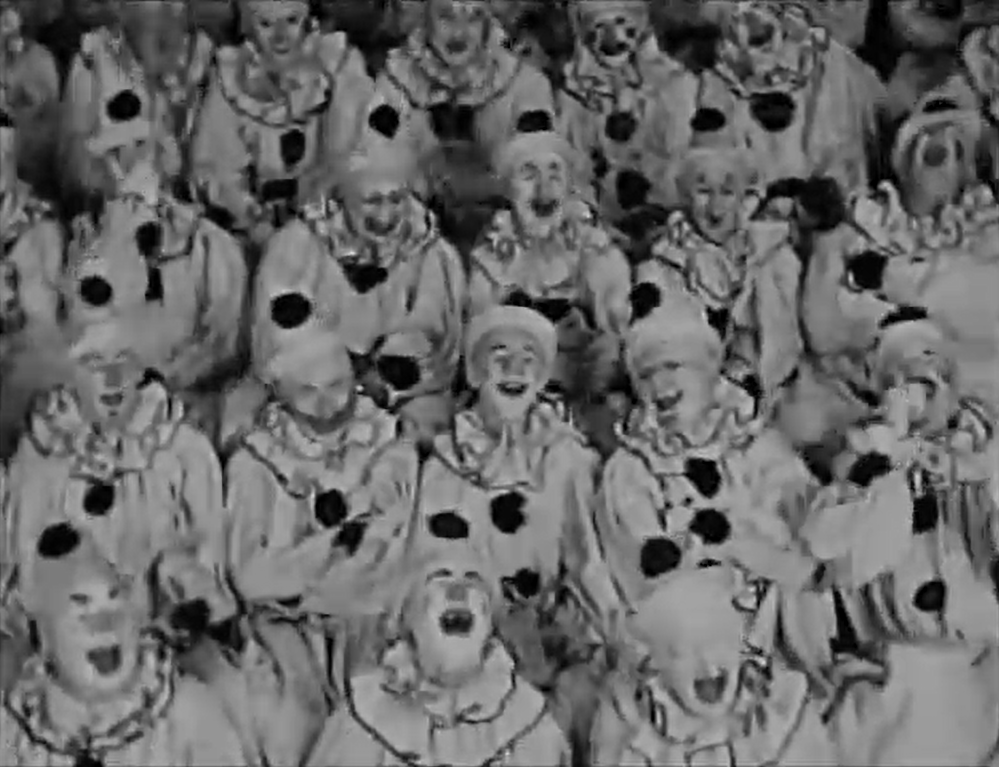
The first, and still one of the best. Thalberg brought the great Lon Chaney with him to the new Metro-Goldwyn-Mayer studio from Universal, where they had made The Hunchback of Notre Dame. Again, the actor works as a poet of stoic, self-destructive suffering, his character parlaying his grief over personal betrayal into the most bizarre career change imaginable. Right off the bat, we get the weird underside to MGM’s typical milieu of drawing rooms, staircases and gowns with a concurrent fixation on the circus, which of course has its own twisted beauty. Tod Browning would pick up and improve upon the idea Sjöström establishes here of having young, gorgeous supporting characters enact a love story just as the main character descends into ugliness and self-immolation.
7. The Merry Widow (Ernst Lubitsch, 1934)

As of my first viewing of this film, I don’t particularly care for it as a movie musical. That is to say, I didn’t especially love the songs or how they are woven into the film’s fabric. This is the one and only thing holding me back from declaring it a masterpiece, because as a romantic comedy from probably the greatest director of romantic comedies in the history of cinema, it’s an ecstatic experience. Lubitsch was in full command of Thalberg’s resources by this point, his deftness allowing him to get away with absolutely everything he wanted. The film is beautiful and elegant but without even a hint of the kind of self-importance that could sometimes plague MGM productions. As I understand it, neither this film nor Erich von Stroheim’s version from 1925 is entirely faithful to the operetta source material, which is intriguing. Good filmmakers making alterations to fit a personal vision are always a welcome sight, particularly at a studio known for stodgy adaptations of literary classics.
6. The Unknown (Tod Browning, 1927)
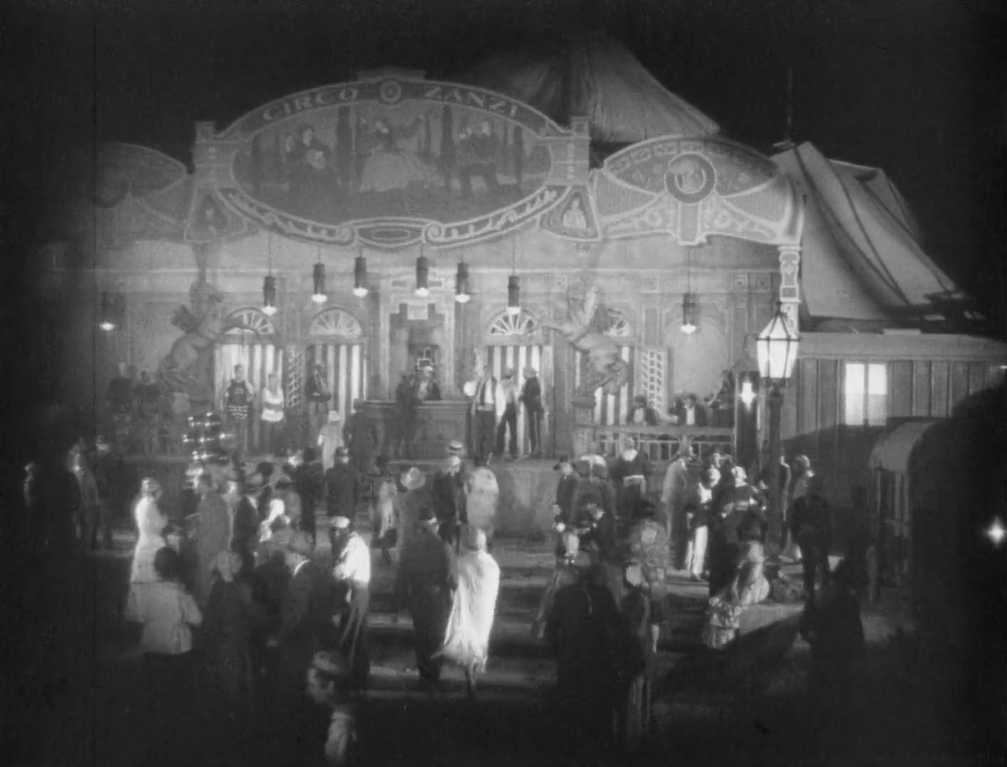
Boasting both one of Lon Chaney’s most emotionally resonant performances and one of Browning’s most formally playful looks at seedy circus life, The Unknown is yet another tale of beauties and beasts. This time, though, the beast is anything but an innocent victim. Consequently, the descent into revenge and psychological shrapnel is a good deal more complex than in He Who Gets Slapped or even arguably in another film ranked higher on my list. Thalberg’s relationship with Browning is fascinating. They apparently got along together well enough to make six surviving films (plus the notorious lost film London After Midnight), but for their last collaboration Thalberg’s scissors finally came out. At least up to that point, he seemed more than happy to associate MGM’s brand with carnivalesque horror.
5. Greed (Erich von Stroheim, 1924)
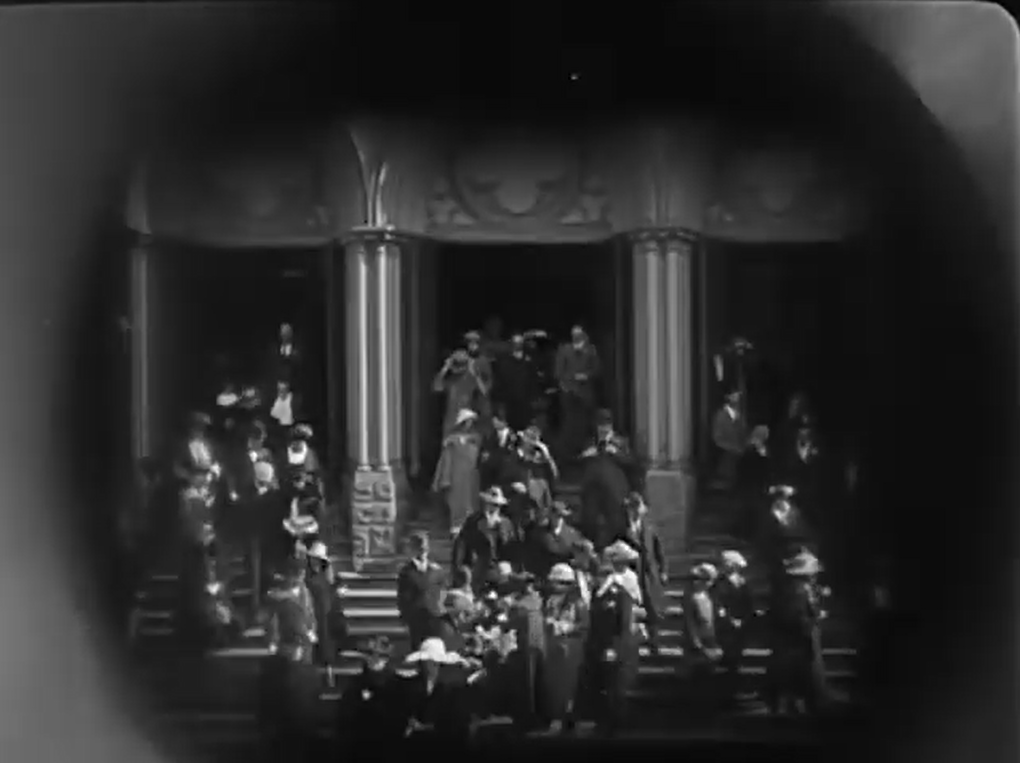
In a sense, the placement of this film on my list pertains more to a film of the imagination than it does to anything extant. The full version of Greed (which, in the cruelest of ironies, is almost certainly the form that it would take were the film to be green-lit today — by Netflix or what-have-you) appears to be lost forever. Nine years ago, I watched the four-hour semi-restoration, which offers some nice hints of what might have been. The remaining fragments still constitute one of the most furious movies ever made, a baroque odyssey of self-destruction. At some point, we just have to give up on the exhaustive translation of a novel to the screen that Stroheim had in mind so that we can enjoy the still-potent abridgment, which features one of the most unforgettable endings in any movie.
4. Freaks (Tod Browning, 1932)
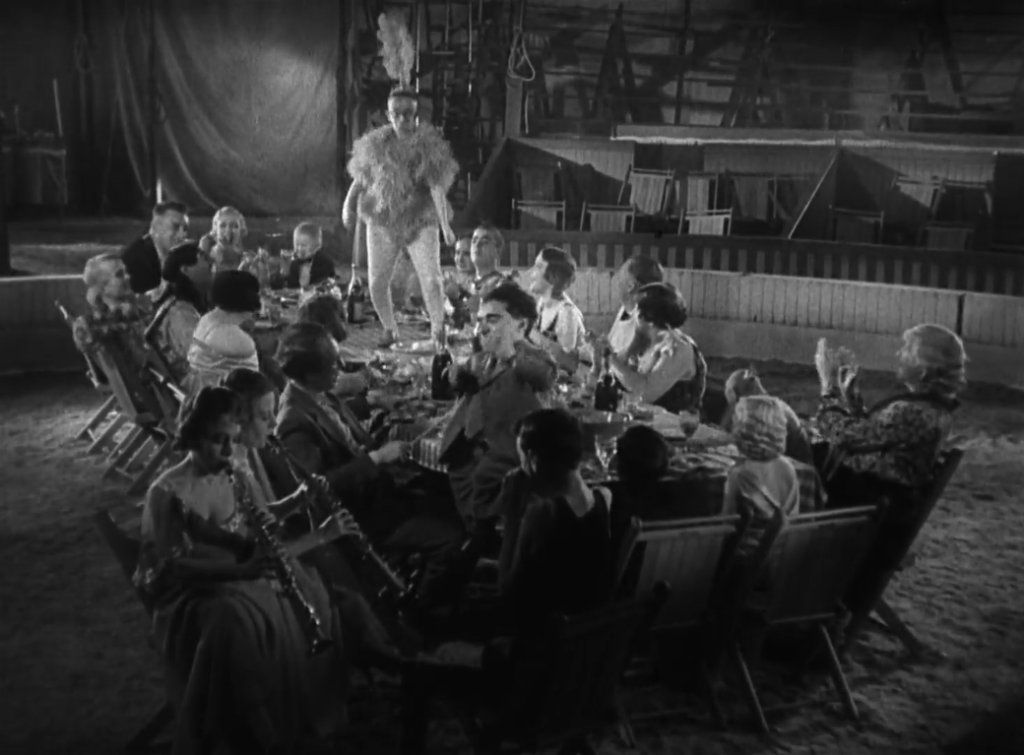
Any list worth reading is going to be personal, and so it is that my own list of MGM films has three circus stories but no Garbo or Gable at all. Freaks offers the culmination of the running theme in those stories about social stratification, society’s cruel gawking at imperfections and the tendency among those who already have everything to demand more. It also seamlessly brings Browning’s phantasmagoria into the talkie era with its legendary chant of solidarity among the eponymous performers and a naturalistic exploration of circus life. Disabilities being rendered as a special effect is rightfully a point of contention, but I think the ambiguity of this film’s stance on exploitation is productive. Many of its images are unique in mainstream film, whether it be of the 1930s or today.
3. The Big Parade (King Vidor, 1925)
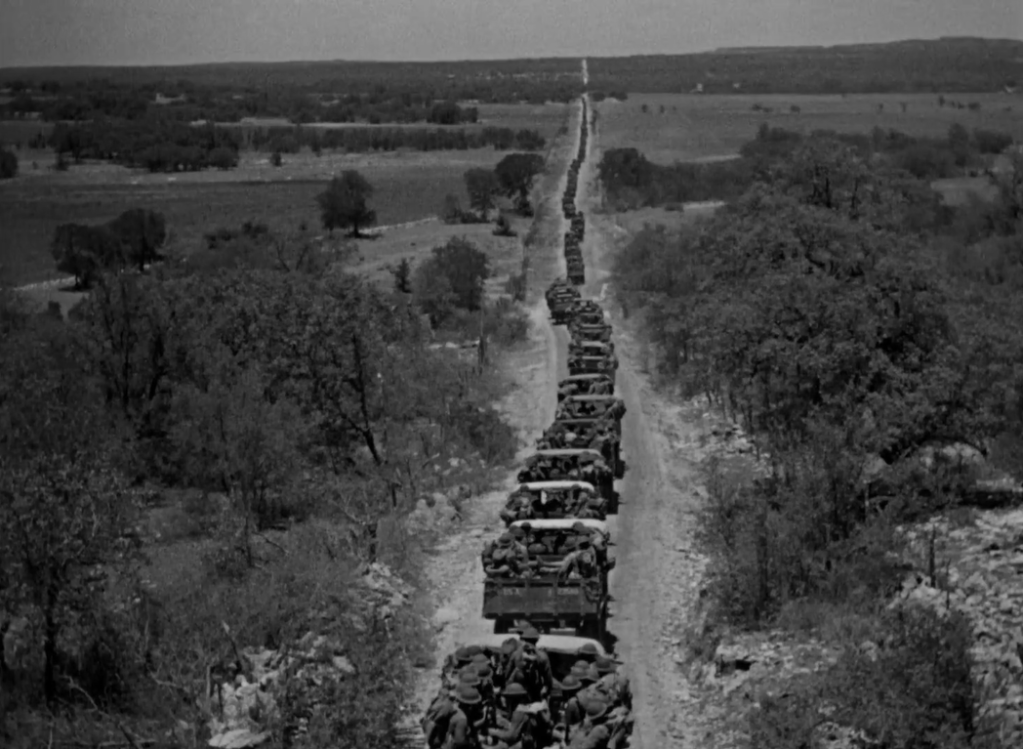
In the same way that Roberto Rossellini emerged as my favorite director of the Italian Neorealist period when I watched those films last year, so King Vidor stands atop the pack at MGM. He hits the sweet spot of a great artist who could make popular films that appealed to a wide audience, so it’s no wonder that Thalberg empowered him continually for almost a decade. The Big Parade is both the greatest war film of the silent era and a blockbuster that put MGM on the map in its second year of existence. I’m fairly confident that open-minded people who haven’t tried watching a silent movie before would find it gripping. It’s intense, poignant and funny, making a pretty clear anti-war statement just by focusing on the needs and desires of its individual characters.
2. A Night at the Opera (Sam Wood, 1935)

There wasn’t a lot of comedy going on in Thalberg productions up to this point. The funniest guy in any of those preceding films was probably William Haines, which isn’t nothing, but it goes to show that Thalberg had a bit of a blind spot for this genre. The studio was much better known for the earnestness of Chaney, Garbo, Shearer, and Charles Laughton. Signing the Marx brothers was a pretty big deal. And although I’ve come to think of this film as compromised in a similar way to other near-masterpieces like Freaks and Greed — simply because the brothers are obliged to share more screen time with sappy supporting characters singing ballads and expositing structured plots — it’s still brimming with some of the best comedic routines of its decade.
1. The Crowd (King Vidor, 1928)
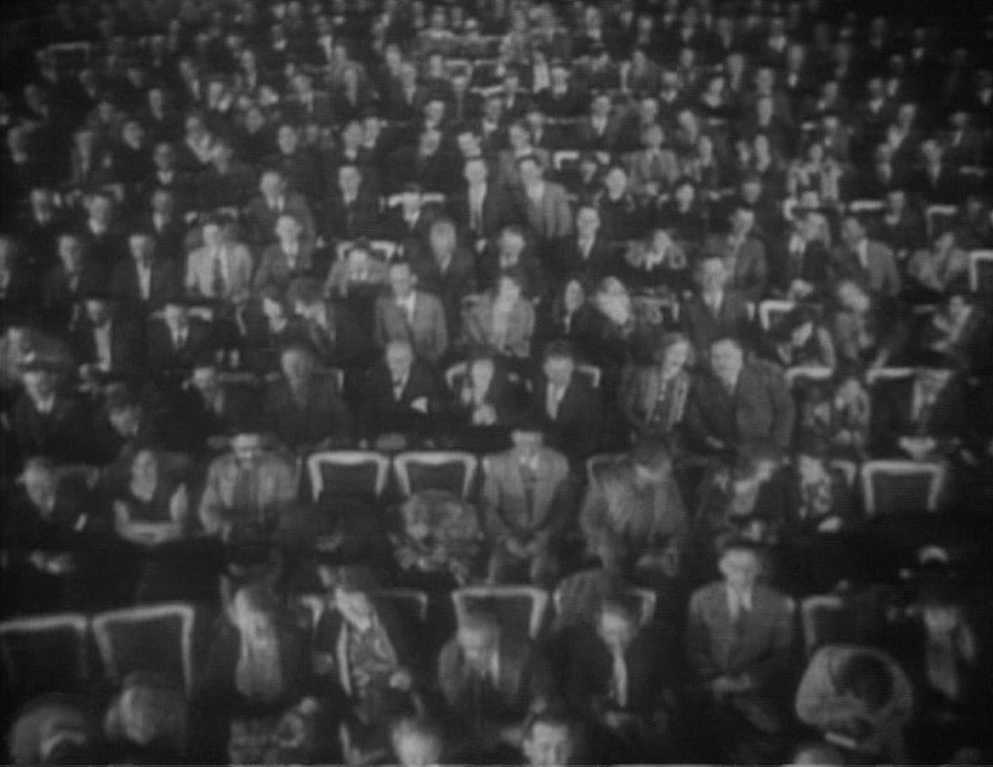
One of cinema’s true Gesamtkunstwerks, detail-oriented and ambitious in its portrayal of the lost promise of American life, this was Thalberg’s finest hour — neither compromised nor incomplete. The idea that the silent cinema was a uniquely universal language is half truth and half nostalgia. Cultural specificity is never hard to find, and of course the gestures of some modes of silent acting are treated like hieroglyphics by modern audiences. But the very best movies can still transcend barriers, opening new avenues of thought and appreciation. Vidor’s masterpiece is subtly bleak and completely transporting. Its influence on several subsequent strains of American film, from wry comedies to tone poems, can’t be overstated. The fact that it hasn’t gotten even a proper DVD release is something of a crime. On the other hand, you can watch it for free on Tubi any time.
